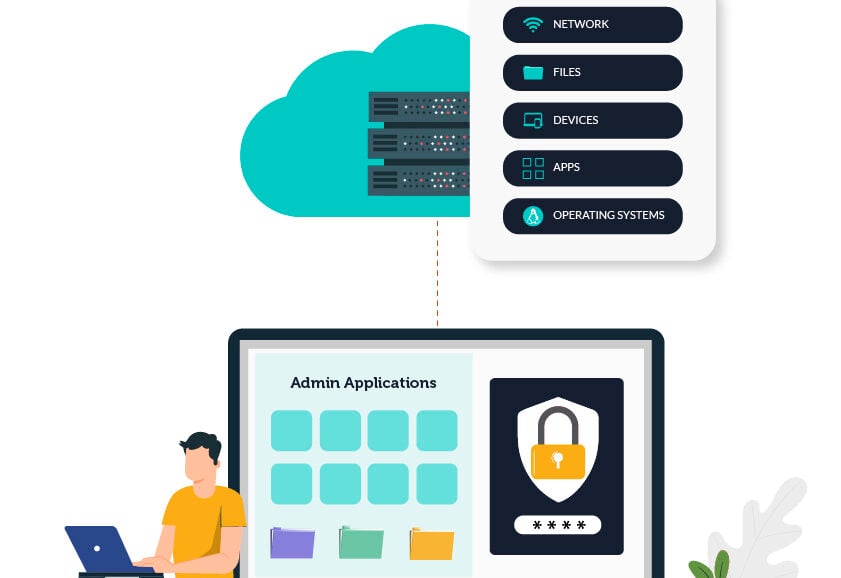Okta is a cloud-delivered web application single sign-on (SSO) company. In short, Okta came to fruition as part of the first generation of Identity-as-a-Service (IDaaS) providers that were created to solve a need as web apps grew in popularity with no great way to manage access to them. To further understand what Okta does and why, we need to step back and understand the entire identity and access management (IAM) landscape and the specific sub-market where Okta plays — web application SSO.
IDaaS Background
As computers became networked together and more IT resources emerged (i.e., file servers, client/server applications, etc.), IT organizations needed a way to centrally control who had access to these IT resources. For a long time, Microsoft Active Directory (AD) was used to keep track of IT environments because networks were Windows-based and on-prem, which is exactly what AD was created to manage.
Quickly, though, new types of IT resources emerged that AD couldn’t handle. These resources included cross-OS devices, non-Windows based file servers, cloud infrastructure from AWS, Wi-Fi, web apps, and more. In the face of these non-Windows and cloud-based resources, Active Directory was unable to provide the same seamless identity management that it could for on-prem, Windows resources.
This is the part of the timeline where SSO providers emerged, such as Okta. These SSO providers had a goal of solving part of that problem — they wanted to fill in that AD gap and connect users to their web applications.
Okta did so by creating a cloud-based service that integrated with Active Directory and extended AD credentials to Okta’s cloud service. For IT organizations, this enabled them to control not only their Windows-based resources with AD, but it also allowed them to handle web apps. Since Okta used AD credentials as a single source of truth, Okta, and solutions like it, became known as web application single sign-on, or IDaaS.
Challenges With Okta
A challenge first-generation IDaaS solutions like Okta have been facing for a long time now is how to handle resources that aren’t Windows-based or web apps. While the layered Okta + AD solution solved an immediate need and worked for a while, we’re back at square one again with the duo only solving part of the problem in a now outdated manner. New resources have and will continue to hit the market, and IT needs to be able to control access to them effectively.
Now, we see mixed IT environments that include Mac, Linux, Android, and iOS devices. There are countless cloud-based resources out there that employees use, and hybrid work has skyrocketed in popularity ever since COVID-19 sent everyone packing from the traditional office environment. All of these present new challenges for IT, because users need to be managed no matter where or how they work. The AD + SSO approach doesn’t cut it anymore, and it simply doesn’t make sense to keep adding layered point solutions on top of this — over time, it becomes unmanageable, costly, and messy.
Managing Modern IT Environments
As a result, many organizations are shifting their approach completely. Instead of taking the layered, one-problem-at-a-time route, many are rethinking their IT management strategy as a whole. This is what leads many to JumpCloud — they’re in search of a modern solution to these problems that either doesn’t include Microsoft, or they’re looking for one that helps them avoid the disjointed point solution situation many find themselves in.
JumpCloud’s open directory platform is a modern solution that works in both of these scenarios. The JumpCloud Directory Platform is not a point solution that solves one small problem — it reimagines the entire way organizations manage and think about identity, access, and device management.
It’s a cloud-based open directory that can seamlessly connect to the other tools in your IT environment, and it includes robust IT management capabilities that don’t discriminate based on device type, resource type, or location. JumpCloud can work as your core directory, or it can be used in conjunction with another directory such as AD, and it includes native features such as SSO, MFA, conditional access, cross-OS device management, patch management, and much more. This eliminates the need for many point solutions, and centralizes IT management into a single console to simplify IT’s day-to-day operations.



